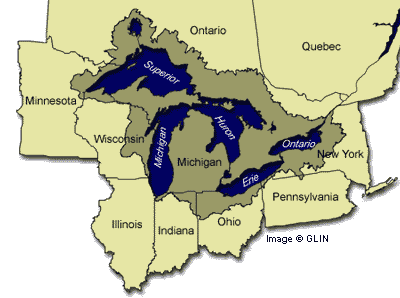Looking for proof that global warming is real and happening fast?
Scientists using historical satellite data have found that ice cover on the Great Lakes was reduced by 71% between 1973 and 2010. The study, published in February the Journal of Climate, found a substantial downward ice cover trend in all five Great Lakes and the associated Lake St. Clair.
The report says:
“There was a significant downward trend in ice coverage from 1973 to the present for all of the lakes, with Lake Ontario having the largest, and Lakes Erie and St. Clair having the smallest.
“The translated total loss in lake ice over the entire 38-yr record varies from 37% in Lake St. Clair (least) to 88% in Lake Ontario (most).
“The total loss for overall Great Lakes ice coverage is 71%, while Lake Superior places second with a 79% loss.”
The study, “Temporal and Spatial Variability of Great Lakes Ice Cover, 1973–2010” was conducted by Michigan-based researchers from the Great Lakes Environmental Research Laboratory, part of the National Oceanic and Atmospheric Administration.
The Great Lakes, which straddle the Canada-US border, are the largest group of freshwater lakes on the planet. They contain 21% of the world’s surface fresh water.



